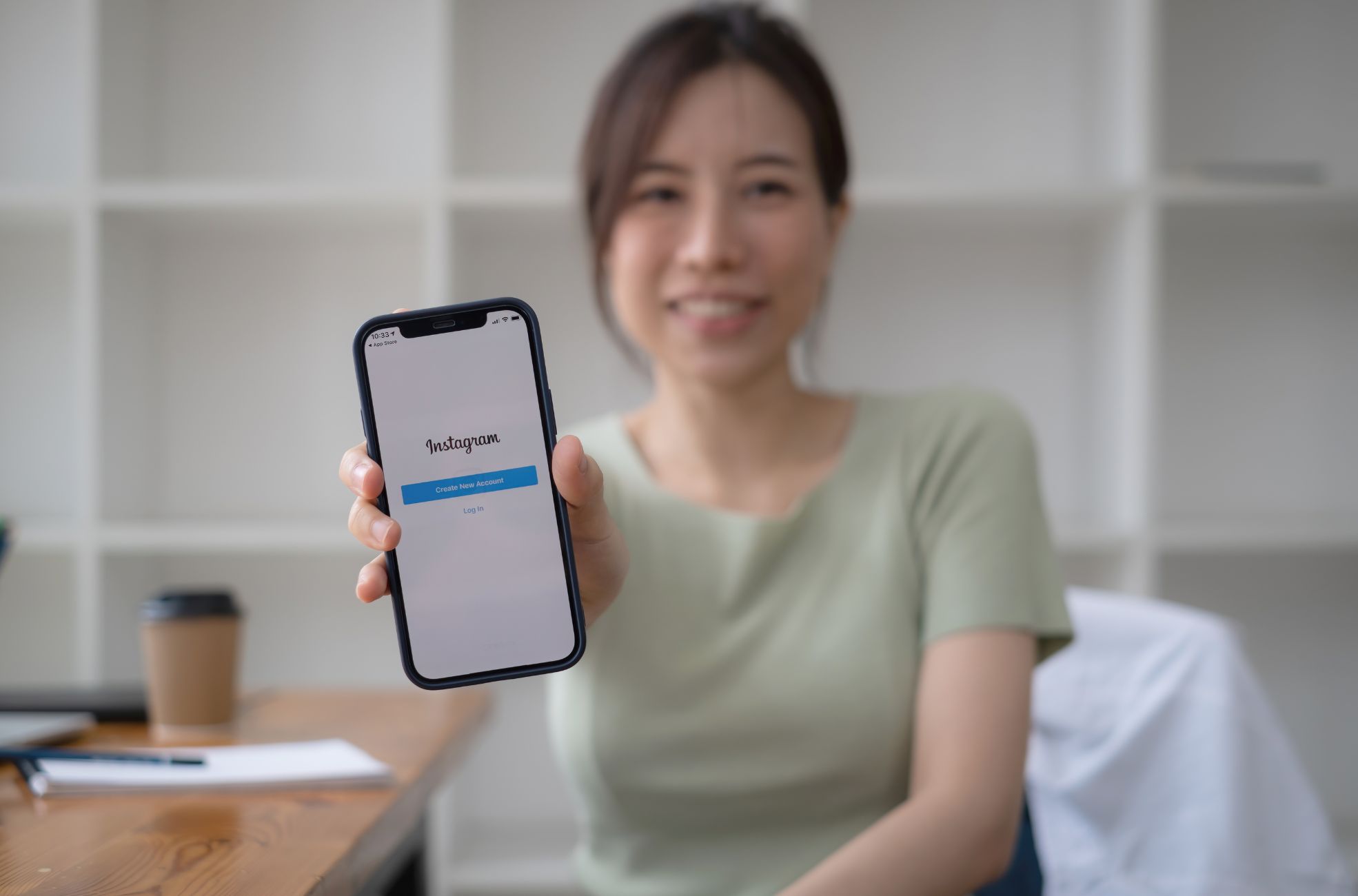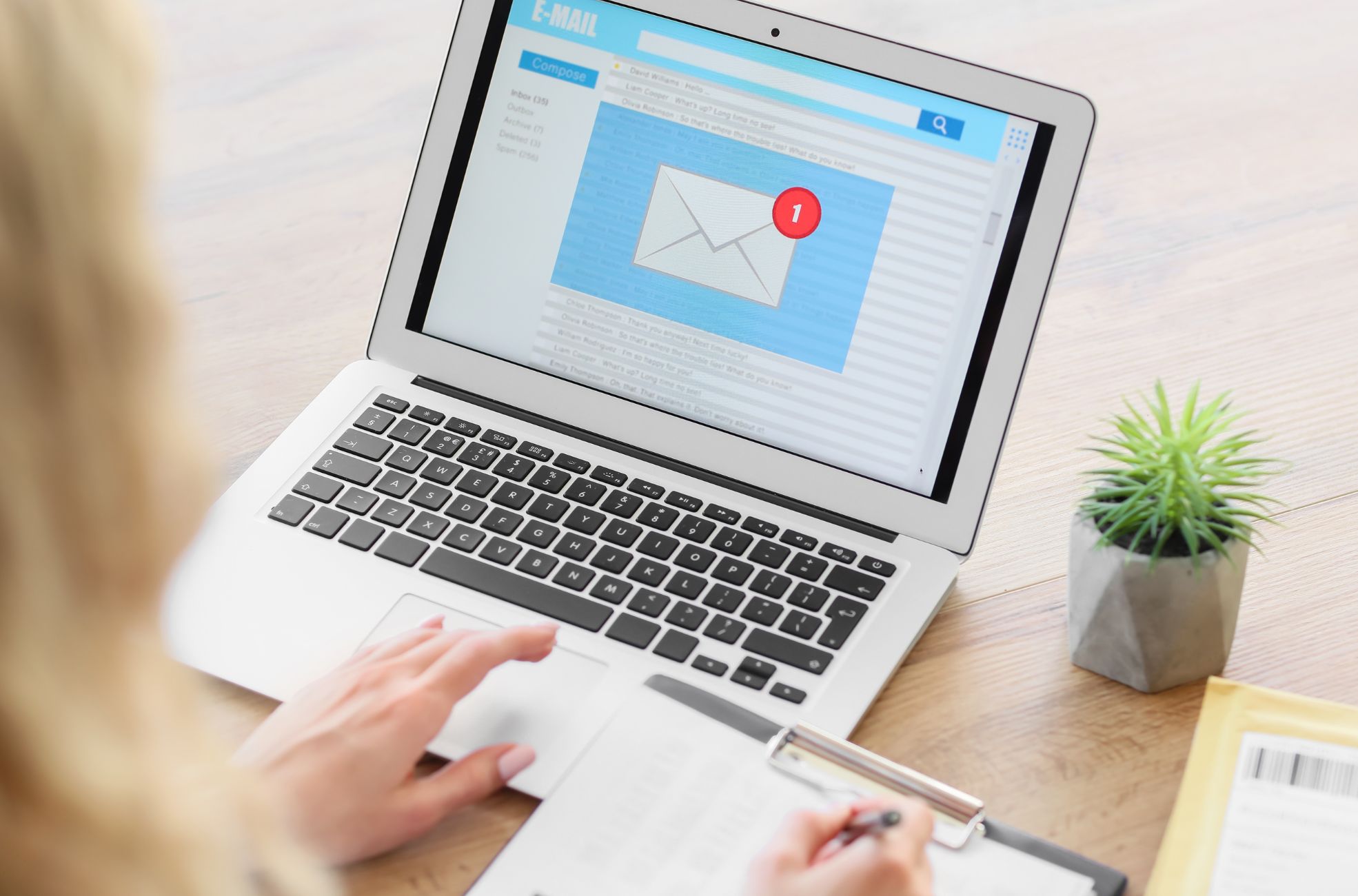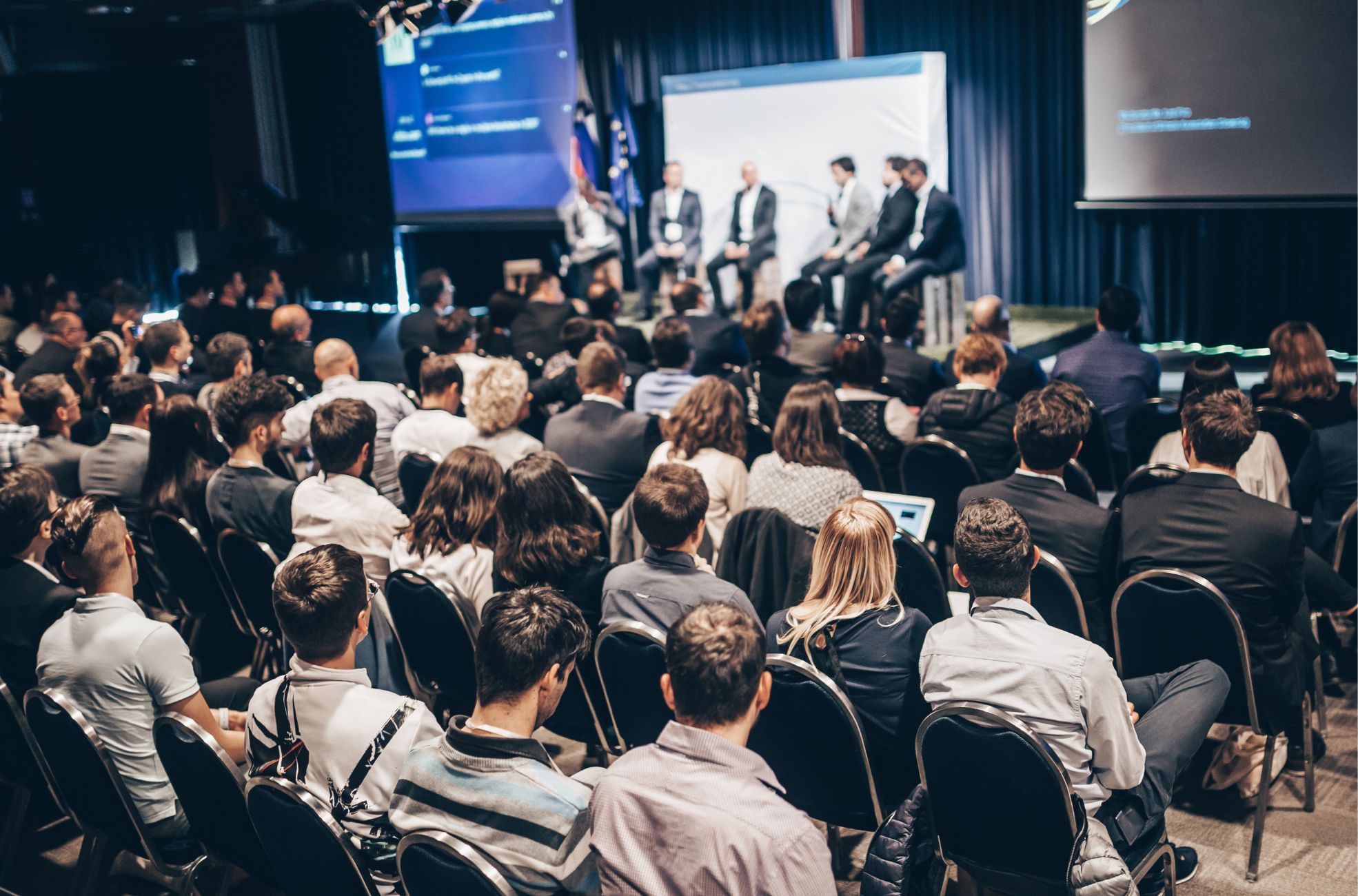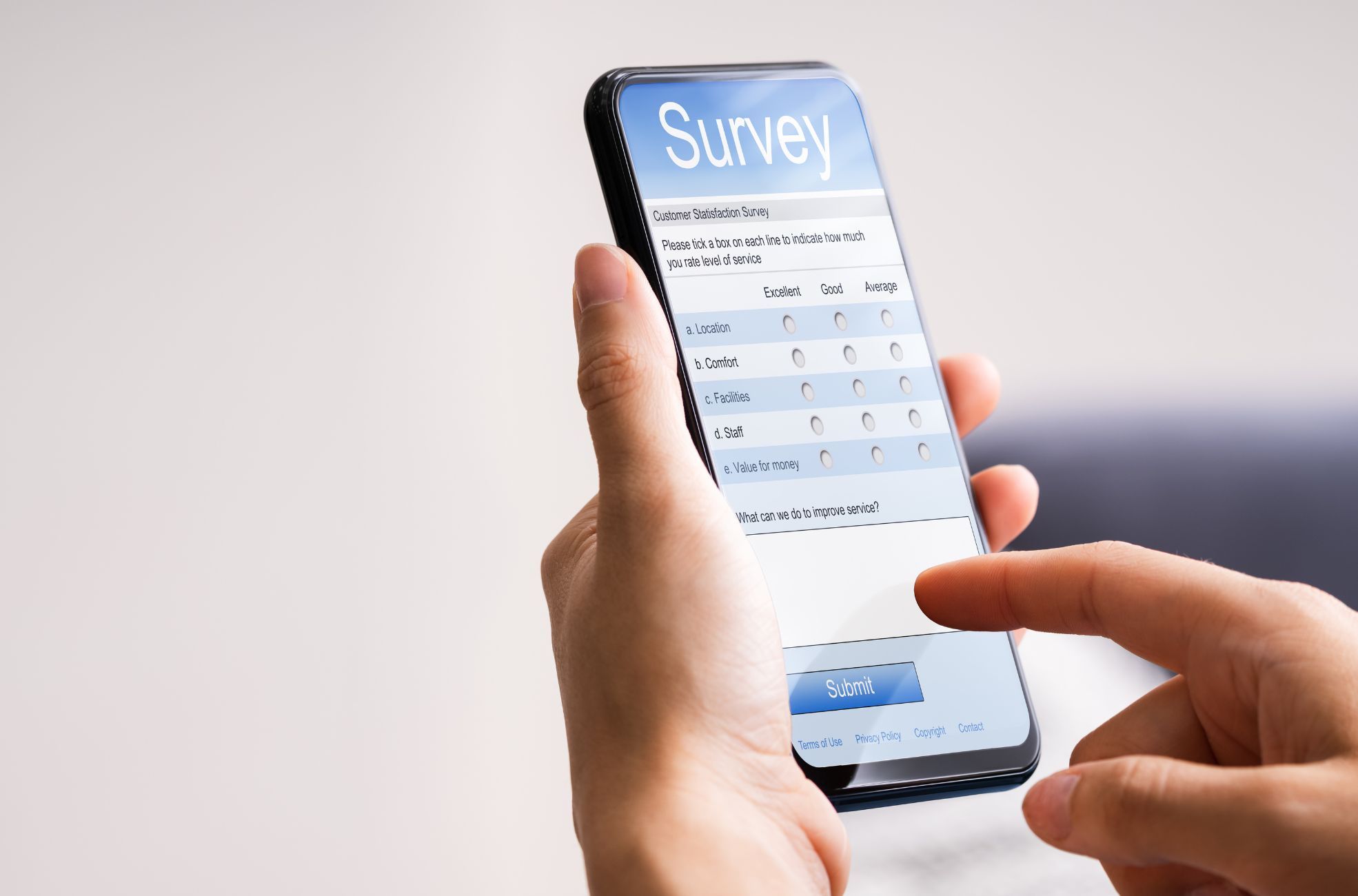Event engagement is the lifeblood of any successful gathering, whether it’s a corporate conference, a music festival, or an online webinar. It measures how invested and interactive attendees are throughout the event lifecycle—from anticipation-building in the pre-event phase to the post-event follow-up.
Achieving a high level of engagement can significantly elevate the attendee experience, ensuring your event is not only memorable but also impactful. But how do you capture and maintain your audience’s attention in a world where distractions are just a click away?
We’ll share the secrets behind driving event engagement, offering practical strategies that cater to the evolving dynamics of modern events. Whether you’re looking to boost interaction, enhance attendee satisfaction, or secure your event’s place as a must-attend happening, our insights will guide you through creating an immersive and engaging event atmosphere.
What Is Event Engagement?
Event engagement, often referred to as audience engagement, is how much attendees are involved with and captivated by an event. It’s about the event’s ability not just to capture the attention of participants but also to encourage their active participation. An event that achieves high levels of engagement is both enthralling and compelling, keeping a firm grip on the audience’s attention from start to finish.
Importance of Engagement for Event Success
The importance of engagement in the context of an event’s success is undeniable. It’s a huge factor that influences not just the event’s immediate success but also future events’ potential success. Engagement is integral to every phase of the event planning process, from conception to execution.
The difference between a sold-out event that people talk about for years and one that’s quickly forgotten can often be traced back to the level of engagement it achieves. High engagement levels are directly linked to attendee satisfaction, which in turn increases the likelihood of these attendees participating in future events. The more engaged the audience, the more likely the event will be a hit.
How To Measure Event Engagement
Measuring event engagement can be approached through various metrics, and the methods used can vary greatly depending on the event’s nature. For example, at a physical conference or lecture, you might look for active participation in discussions, interaction among attendees, and a general sense of attentiveness throughout the event. Engaged participants are typically those who ask questions, offer feedback and contribute to the event in a meaningful way.
In addition to these qualitative measures, quantitative tools can be used to track engagement. These include monitoring activity on event apps, analyzing chat participation, and using live polling to gauge real-time engagement. Digital engagement can also be measured by looking at the open rates of event-related emails, the use of event-specific hashtags on social media, and interaction with a mobile event app designed for the occasion.
Website analytics provide a wealth of information about engagement. By tracking both new and returning visitors to the event’s website, organizers can gain insights into the level of interest. Metrics such as the duration of visits and the number of pages viewed can clearly show potential attendees how engaging the event content is. When analyzed correctly, these data points can be instrumental in understanding and enhancing the overall engagement of an event.

Pre-Event Engagement Strategies
Building Anticipation through Social Media
Social media is a key channel for generating pre-event excitement. Creating a countdown on Instagram Stories with customized details and branding serves as a visual prompt for your audience. The ‘Remind me’ feature and the ‘share’ option facilitate the organic spread of your event details. At the same time, clickable links in stories can directly lead to increased web traffic and potential ticket sales.
Hashtags should be unique and easy to remember, helping to foster discovery and conversation about your event. Early establishment of a LinkedIn or Facebook event page with engaging titles and thorough details, including visuals and speaker information, can ignite interest.
Services like Livestorm streamline the sign-up process, enabling attendees to register with their LinkedIn information. Offering incentives for sharing your event, such as discount codes, can leverage your audience’s networks. Teasers can also stimulate curiosity, whether they are previews of the lineup or behind-the-scenes looks.
Posting speaker quotes, highlighting virtual swag, or announcing giveaways can increase anticipation. Acknowledging parts of the schedule or sponsors can generate excitement. Tracking your posts’ engagement metrics allows strategy refinement to better connect with your audience.
Personalized Email Campaigns
Email campaigns provide a personalized approach to strengthen connections with your audience. The specificity and targeting capabilities of email marketing make it an effective medium for communication. It’s a cost-efficient method that yields actionable data for gauging effectiveness and understanding audience engagement.
Emails can drive ticket sales and reinforce attendance, serving as a consistent touchpoint with your audience. They can also be used to promote content and merchandise related to your event, enhancing brand recognition and cultivating loyalty.
Combining email marketing with other promotional channels can create a more comprehensive strategy. This integration enables organizers to monitor their marketing impact and optimize their approach based on data insights.
Interactive Content and Teasers
Interactive content demands audience participation, distinguishing it from passive forms. Incorporating polls and surveys before the event can align the content with audience interests, ensuring greater relevance and resonance.
This content should be succinct, pertinent, and designed to be visually appealing and shareable. Live polls during the event can sustain engagement and foster interaction. Post-event, interactive features like contests and evaluations can maintain interest and support the foundation for subsequent events.

Engagement During The Event
Live Polls and Q&A Sessions
Incorporating live polls and Q&A sessions into your event can significantly enhance participant involvement. These tools facilitate interaction and serve as a means to collect attendee insights. By posing relevant questions, you can stimulate engagement and acquire feedback on the event’s content and areas for improvement.
These methods can simplify Q&A sessions, reducing the pressure on moderators and making it more straightforward for participants to contribute. For instance, in a live setting, audience members could use live polling to determine which startup will be present next, thereby directly influencing the event’s direction.
The information gathered from these activities can inform your marketing efforts post-event. Sharing compelling poll outcomes and audience inquiries can generate conversation, foster networking, and enrich the overall experience.
Networking and Breakout Rooms
Many event-goers are motivated by the opportunity to network, and their satisfaction is often linked to the connections they forge. Facilitating discussions through the results of live polls can create an ideal environment for valuable exchanges. Digital tools enhance this by enabling private messaging, pre-arranged meetings, and collaborative opportunities within the event’s digital platform.
Breakout rooms provide a dedicated space for more intimate group discussions, which can lead to more profound interactions and relationships. Effective utilization of these rooms requires advance planning to ensure the platform accommodates such features and that participants are familiar with their operation.
Gamification and Contests
Introducing gamification and contests can inject a sense of competition and fun into your event. These elements can capture the audience’s focus and encourage active involvement. For example, a startup contest can become more interactive by allowing audience votes through live polling, thereby involving them in the narrative of the event.
The key to effective gamification lies in selecting the right types of polls. It features that align with your event’s objectives. Various options, from simple single-choice questions to more complex ranked choice voting, allow for tailored audience engagement strategies. Ensuring anonymity and inclusivity is essential for candid participation and maintaining a lively atmosphere.

Leveraging Technology for Engagement
In the dynamic realm of events, technology has become an indispensable ally, offering tools that enhance attendee engagement and provide event organizers with invaluable insights. The strategic implementation of tech solutions can transform the event experience, making it more interactive, personalized, and environmentally friendly.
Event Apps and Features
The advent of mobile event apps has revolutionized the way you interact with events. These apps serve as a central hub, providing instant access to the full agenda, speaker bios, exhibitor listings, and venue maps. They facilitate real-time updates and networking opportunities, ensuring that you’re in sync with the event’s pulse.
With a significant percentage of event organizers employing these apps, it’s clear that they’re not just a luxury but a necessity for orchestrating events seamlessly. Features such as photo sharing within these apps boost engagement, and push notifications keep you informed of any changes or upcoming highlights.
The convenience of customizable agendas is a significant draw, with many event professionals using this feature to cater to individual preferences. Moreover, the integration of social media-like activity feeds encourages collaboration and interaction among participants. This mirrors the familiar and engaging layout of popular social platforms.
Networking is a critical aspect of any event, and mobile event apps are equipped with tools to facilitate this. You can effortlessly connect, exchange contact details, and schedule meetings, all within the app. The addition of a chat function that emulates the ease of texting enhances this experience, fostering meaningful connections.
From an organizational standpoint, these apps are a boon for sustainability. They reduce paper waste by eliminating the need for printed materials. They also streamline the check-in process, setting a positive tone from the outset. For those looking to generate leads, in-app lead capture tools allow for the efficient scanning and rating of potential contacts.
Virtual and Augmented Reality Experiences
Virtual and Augmented Reality (VR and AR) are at the forefront of creating immersive experiences that captivate attendees. By incorporating these technologies, events can transcend physical limitations. You have a chance to engage with content in a novel and memorable way.
Whether it’s a virtual walkthrough of an exhibition or an augmented overlay providing additional information during a presentation, VR and AR can significantly enhance the sensory experience of an event. This leads to higher levels of engagement.
Real-time Feedback and Analytics Tools
The power of real-time feedback can’t be overstated. It allows organizers to gauge the pulse of the event as it unfolds, making adjustments to a strategy where necessary. Analytics tools are essential in this regard, offering a means to collect, analyze, and visualize data on various aspects such as attendance, engagement, and overall return on investment.
Integration with Customer Relationship Management (CRM) systems and Marketing Automation Platforms (MAPs) ensures automated data tracking and analysis, reducing the potential for manual errors. Artificial Intelligence (AI) and machine learning further refine this process, uncovering patterns and predicting outcomes that might otherwise go unnoticed.
Security is paramount when dealing with data, and modern analytics tools offer robust encryption, authentication, backup, and consent management to protect sensitive information. The visualization of data is equally important. It aids in communicating findings to stakeholders in a clear and compelling manner.
By fostering a data-driven culture, these tools support continuous improvement through feedback, benchmarking, and optimization. They’re not just about measuring success but also about learning and evolving, ensuring that each event is more engaging than the last.

Post-Event Engagement Tactics
Maintaining contact with participants after the conclusion of an event is imperative for reinforcing connections and maximizing the impact of their experience. This stage is essential for extracting valuable insights, sustaining interest, and nurturing a community atmosphere. Such initiatives can transform occasional attendees into dedicated supporters.
Follow-up Surveys and Feedback
Soliciting opinions through follow-up surveys is essential to understanding the attendee experience. By employing a range of question types, event planners can discern satisfaction levels and pinpoint areas for enhancement. This feedback is critical for honing event planning and execution.
Content Recaps and Shareable Highlights
Creating and distributing content recaps and highlights allows organizers to extend the life of the event. This content reminds participants of their experience, reaches out to non-attendees, and stimulates ongoing engagement through sharing and dialogue. Expressions of gratitude, exclusive offers, and social media acknowledgments effectively demonstrate appreciation and maintain engagement.
Keeping the Conversation Going Online
Sustaining engagement after the event involves continuous online interaction. Organizers can utilize digital platforms to maintain the connections initiated during the event. This sustained interaction is about crafting a comprehensive experience that extends well beyond the event’s conclusion.
Adopting new trends and techniques in digital engagement is vital to keep the attendee connection robust. The goal is to foster lasting relationships that evolve into an active, engaged community.
Take Your Event to the Next Level
Boosting event engagement is the linchpin to transforming a good event into an unforgettable experience. With the strategies and technologies at our fingertips, every event has the potential to captivate and resonate deeply with its audience. From sparking pre-event excitement to fueling post-event conversations, each interaction is an opportunity to enrich connections and build a vibrant community.
Remember, engagement’s magic lies in elevating participants from mere attendees to active contributors. As you employ these secrets in your next event, you’ll not only see an uptick in engagement. Still, you will also lay the foundation for enduring relationships and successive successes. Let’s embrace these tools and techniques to create events that truly resonate and leave a lasting impression.







